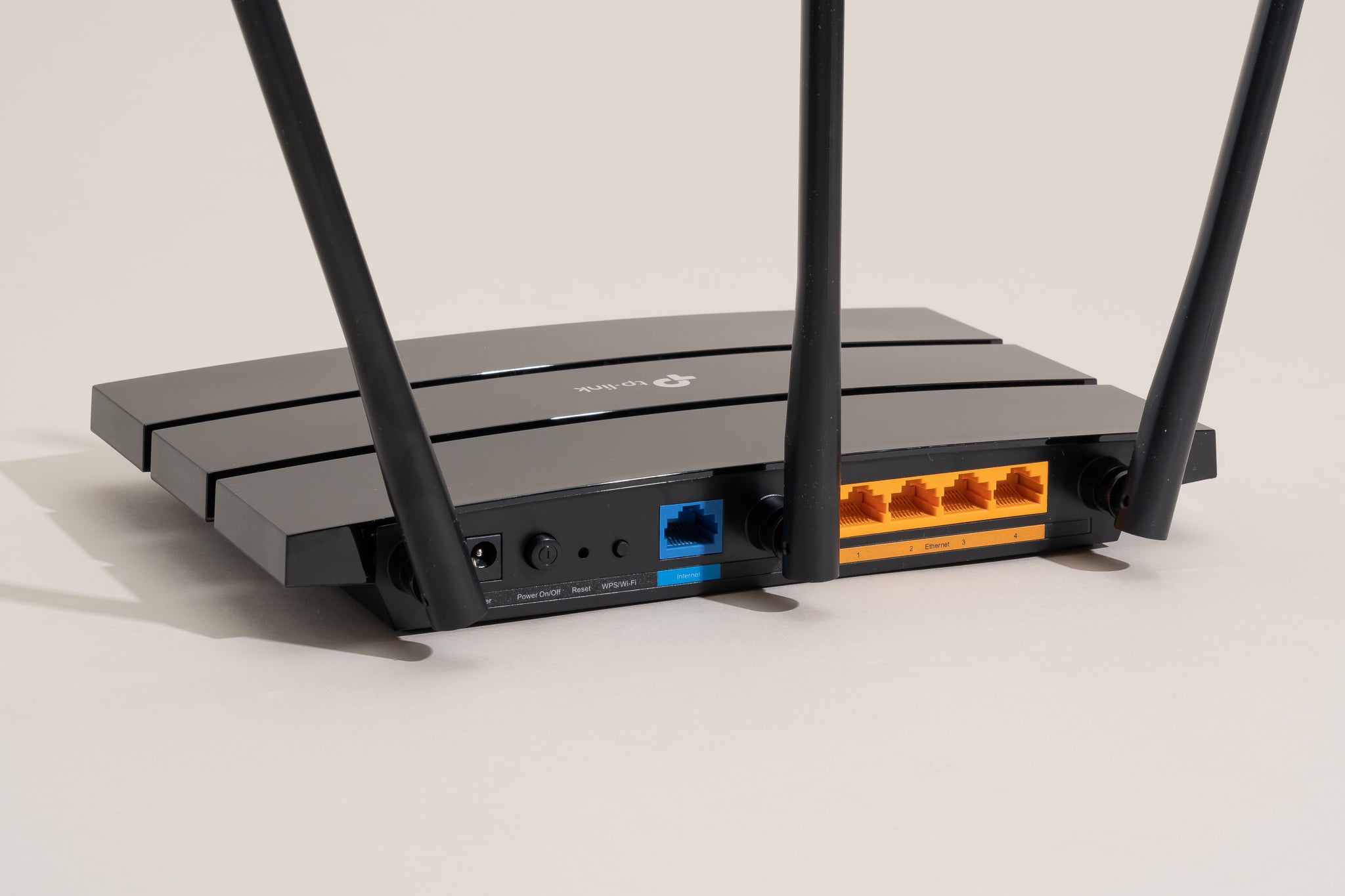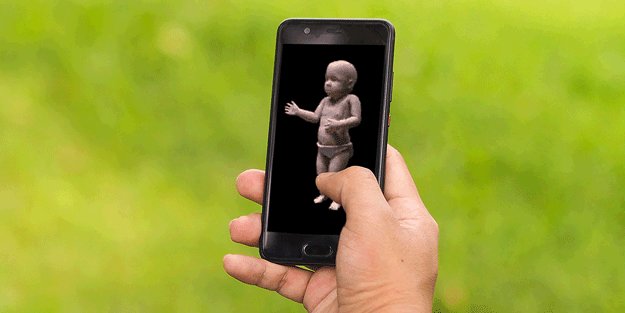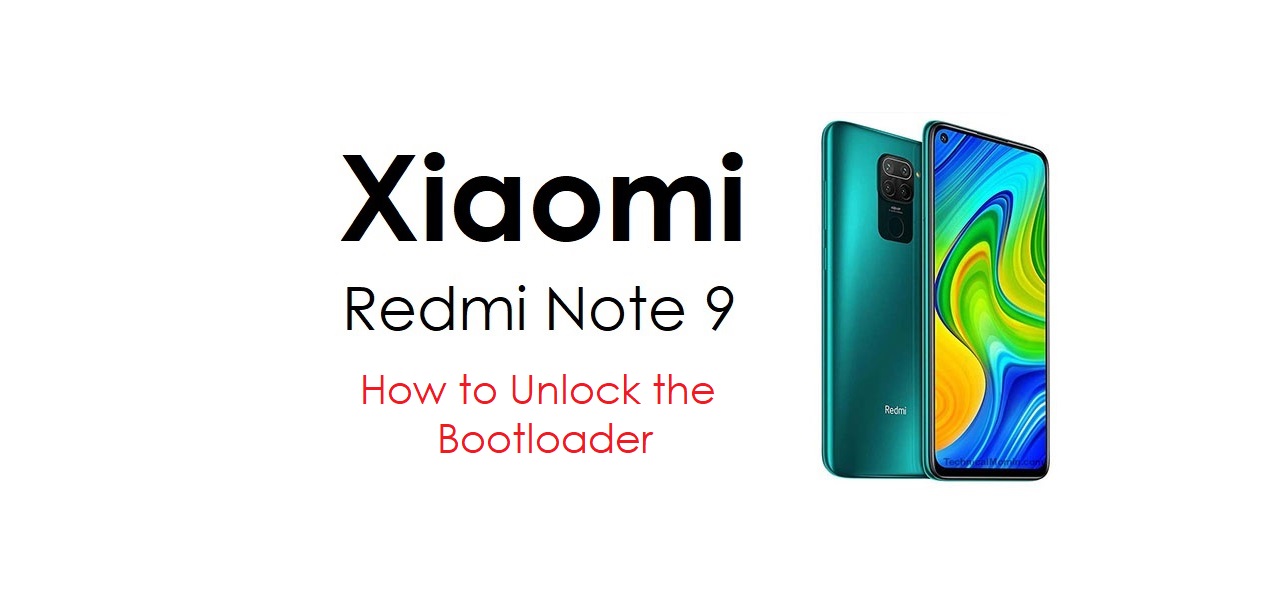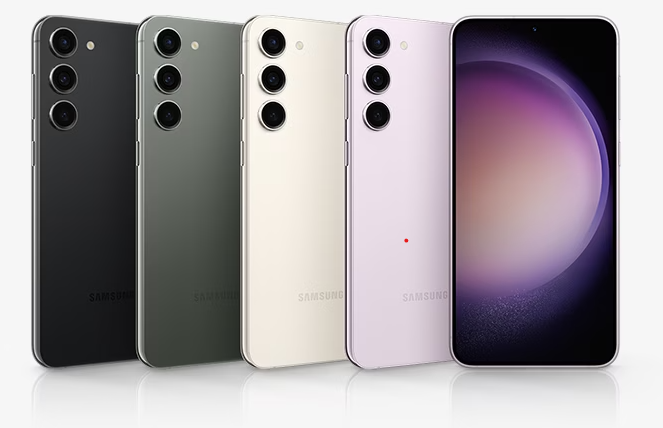Is your trusty old Android smartphone or tablet starting to feel sluggish and slow? Over time, even the most high-performing devices can become bogged down and struggle to keep up with the demands of modern apps and software updates. But fear not! In this comprehensive guide, we’ll show you some simple yet effective ways to breathe new life into your old Android device and make it feel like new again.
The Slowdown
Before we dive into the solutions, it’s important to understand why your Android device may be slowing down. Over time, as you install updates and accumulate more apps, your device’s resources can become strained. The operating system becomes more demanding, and apps and games add features and changes that may not be optimized for older hardware. This gradual process can result in slower performance, lag, and overall frustration.
Enabling Developer Mode
To access some of the hidden customization options that can help speed up your old Android device, you’ll first need to enable Developer Mode. This mode allows you to tweak various settings and optimize your device’s performance. Here’s how to enable it:
- Go to your device’s Settings app.
- Scroll down and tap on “About Phone” or “About Device.”
- Locate the “Build number” and tap on it seven to eight times.
- You should see a message confirming that Developer Mode has been enabled.
Once you’ve enabled Developer Mode, you can access the additional settings and make the necessary changes to boost your device’s performance.
Limiting Background Processes
One of the first settings you should consider tweaking is the “background process limit.” This option determines the number of apps that can store cache data in your device’s memory. By limiting the number of background processes, you can prevent your phone from being overloaded with unnecessary data and improve its overall responsiveness.
To adjust the background process limit:
- Go to the Developer Options menu in your device’s Settings app.
- Scroll down and find the “Apps” section.
- Look for the “Background process limit” option.
- Set the limit to four processes initially, and observe the impact on performance.
- If necessary, you can further reduce the limit to two or three processes.
By setting a lower background process limit, you are prioritizing essential services while preventing excessive cache data from slowing down your device.
Optimizing Animations
Another effective way to speed up your old Android device is by optimizing animations. While animations can enhance the user experience, they also consume valuable CPU and GPU cycles. By reducing or disabling animations, you can free up system resources and improve overall performance.
To optimize animations:
- In the Developer Options menu, find the “Drawing” section.
- Look for options related to window animation scale, transition animation scale, and animator duration scale.
- Set these options to 0.5 or turn them off completely.
By reducing the scale of animations or disabling them altogether, you’ll notice a significant improvement in your device’s speed and responsiveness.
Clearing App Cache
Over time, apps accumulate cache data, which can take up valuable storage space and slow down your device. Clearing app cache regularly can help free up space and improve performance. Here’s how to clear app cache on your Android device:
- Go to the Settings app and find the “Apps” or “Applications” section.
- Look for the specific app you want to clear the cache for.
- Tap on the app and select the “Storage” or “Cache” option.
- Tap on “Clear cache” to remove the cached data.
Repeat this process for all the apps on your device to ensure that you’re maximizing its performance by freeing up storage space.
Uninstalling Unnecessary Apps
Another way to optimize your old Android device is by uninstalling apps that you no longer use or need. Unused apps take up storage space and can contribute to slower performance. By removing unnecessary apps, you can free up storage and streamline your device’s resources. Here’s how to uninstall apps on Android:
- Go to the Settings app and find the “Apps” or “Applications” section.
- Look for the app you want to uninstall and tap on it.
- Select the “Uninstall” or “Remove” option.
Repeat this process for all the apps you want to remove from your device. Be mindful of system apps and critical services that should not be uninstalled.
Managing Widgets and Live Wallpapers
Widgets and live wallpapers may enhance the visual appeal of your Android device, but they can also consume valuable system resources. If you’re looking to improve performance, consider removing or minimizing the use of widgets and live wallpapers. Streamlining your device’s home screen can lead to a smoother and faster user experience.
To remove widgets or live wallpapers:
- Long-press on the widget or live wallpaper on your home screen.
- Drag it to the “Remove” or “Delete” option that appears.
By reducing the number of widgets and live wallpapers, you’ll alleviate the strain on your device’s resources and improve overall performance.
Updating Software and Apps
Keeping your device’s software and apps up to date is crucial for optimal performance. Developers often release updates that include bug fixes, performance improvements, and compatibility enhancements. By regularly updating your Android device, you ensure that it remains in sync with the latest advancements and optimizations.
To update your device’s software and apps:
- Go to the Settings app and find the “System” or “Software Update” section.
- Check for any available updates and install them.
- Open the Google Play Store and go to the “My apps & games” section.
- Update all the apps listed to the latest versions.
Regularly checking for updates and installing them will help maintain your device’s performance and ensure compatibility with new features and improvements.
Adjusting Display Settings
Adjusting the display settings on your old Android device can also have a noticeable impact on its performance. By reducing the screen brightness, disabling adaptive brightness, and shortening the screen timeout, you can conserve battery power and improve overall efficiency.
To adjust display settings:
- Go to the Settings app and find the “Display” or “Display & Brightness” section.
- Reduce the screen brightness to a comfortable level.
- Disable adaptive brightness if enabled.
- Shorten the screen timeout duration to conserve power.
By optimizing your device’s display settings, you’ll not only improve performance but also extend battery life.
Clearing RAM
Clearing the Random Access Memory (RAM) on your Android device can help refresh its performance by closing unnecessary background processes and freeing up memory. Here’s how to clear RAM on Android:
- Tap the Recent Apps or Overview button (usually a square or three vertical lines) on your device.
- Look for the option to clear RAM or close all apps.
- Tap on it to clear the RAM and close all background processes.
Clearing the RAM periodically can help alleviate the strain on your device’s resources and improve its overall responsiveness.
Factory Reset as a Last Resort
If all else fails and your device is still experiencing significant slowdowns, a factory reset may be the solution. Performing a factory reset will erase all data on your device and restore it to its original state. Before proceeding with a factory reset, make sure to back up any important data to avoid permanent loss.
To perform a factory reset:
- Go to the Settings app and find the “System” or “Reset” section.
- Look for the “Factory Reset” or “Erase All Data” option.
- Follow the on-screen instructions to initiate the reset process.
Remember to back up your data before performing a factory reset, as this process will erase all personal information and settings on your device.
Conclusion
With these tips and tricks, you can revitalize your old Android smartphone or tablet and enjoy smoother performance and faster responsiveness. From enabling Developer Mode and tweaking settings to clearing app cache and optimizing animations, these steps will help you make the most of your aging device. Remember to regularly update software and apps, manage widgets and live wallpapers, and consider a factory reset as a last resort. By following these guidelines, you’ll be able to extend the lifespan of your Android device and continue to enjoy its full potential.








